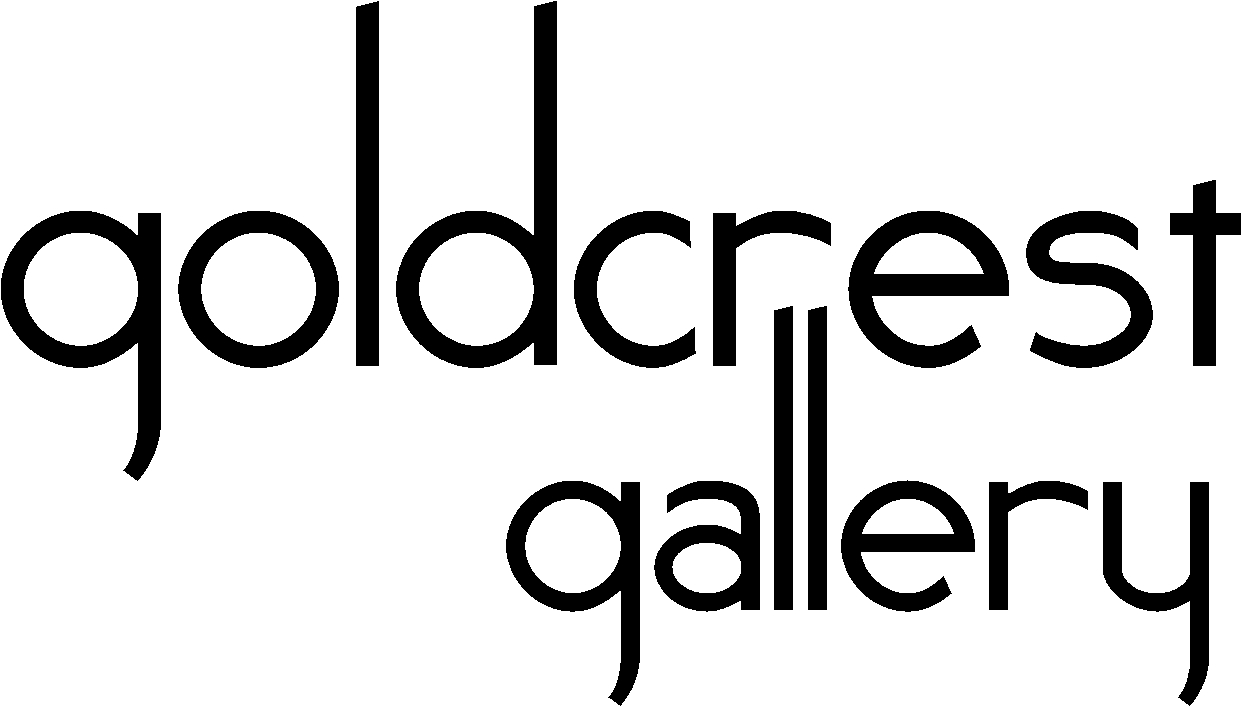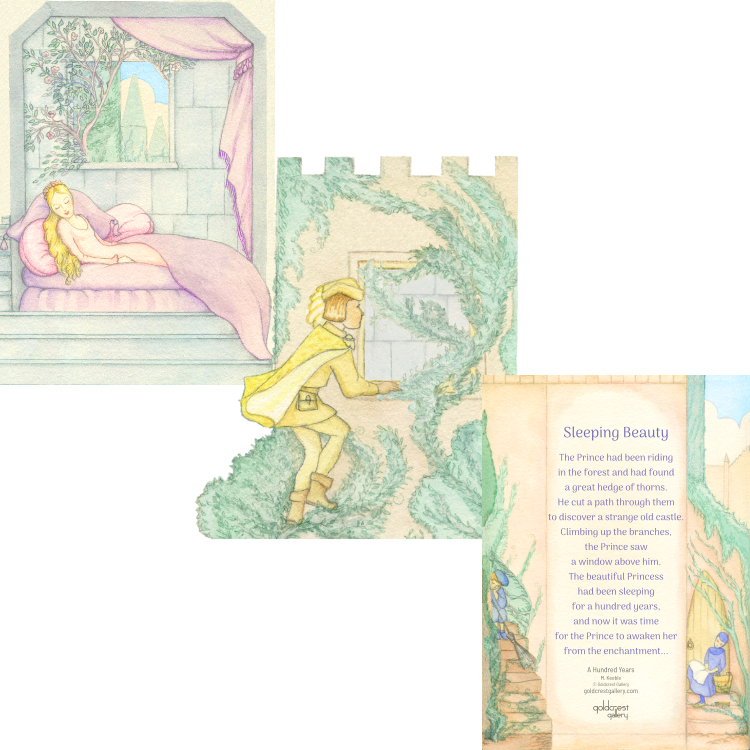Classic fairy tales have been told and orally passed down the generations for thousands of years. ‘Beauty and the Beast’ and “Rumplestiltskin” were first recorded as literature in the seventeenth and eighteenth centuries. But research has shown that they have much earlier origins, even as long ago as the Bronze Age. In fact, these two stories can be traced back to roots in Indonesia and Europe between 2,500 and and 6,000 years ago. Some fairy tales first came to the west with the Crusades, from Jewish and Arabic traditions.
The History of ‘The Sleeping Beauty’
The earliest known version of “The Sleeping Beauty” was first published posthumously in 1634 by the Italian poet Giambattista Basile ( 1575-1632). The story came from an oral tradition. Charles Perrault adapted the story in 1697, and this version was transmitted orally until eventually collected and printed by the Brothers Grimm in 1812. “The Sleeping Beauty” fairy story was then adapted as a ballet by Tchaikovsky in 1890, and in modern times as an animated film released by Walt Disney in 1959.
Classic Fairy Tales
But what constitutes a classic fairy tale? The format of these remarkable stories almost invariably begins with “Once upon a time….” Similar phrases such as “In a land far away..” or “In days of Yore….” introduce a sense of adventure and enchantment right at the beginning of the fairy story. Owing to their origins as oral traditions, classic fairy tales are usually written in simple prose and short sentences. People passed these stories from one generation to the next, without writing them down. Often, the teller would add their own embellishments to the stories.
Classic fairy stories are set in the past, although not in any defined period of history. There is always a happy ending, with the hero triumphing over adversity. Elements of fantasy or magic improve the lives of the characters in these stories. Common fairy story themes include beauty, heroism and virtue. Truth prevails over lies, generosity is rewarded, and obstacles are overcome by hard work and love.
Classic Elements in ‘The Sleeping Beauty’
“The Sleeping Beauty” is a clear example of these classic fairy tale elements. The princess is wakened from her century of sleep by the prince who loves her. The good fairy’s magic saves the princess’ life and reunites her with the whole castle full of her family and friends. The bad fairy’s evil intentions are successfully thwarted.
A popular setting for these remarkable stories is the mysterious forest, remote from towns and villages. The forest represents the unknown, a place where anything can happen. It is a magical realm, a place of possible danger, outside normal experience. “The Sleeping Beauty” features a forest with an enchanted castle completely hidden behind impenetrable thorns. But the prince overcomes all these obstacles and succeeds in rescuing the princess.
Don’t miss our lovely and exciting vintage Story Card about Sleeping Beauty, “A Hundred Years“, available from Goldcrest Gallery Children’s Corner!
A selection of Goldcrest Gallery’s vintage nursery rhyme and fairy tale cards is available here.



